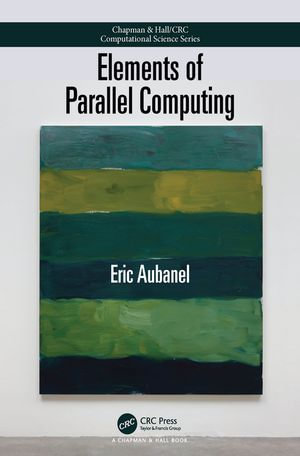
eTEXT
At a Glance
eText
$139.70
or
Instant online reading in your Booktopia eTextbook Library *
Read online on
Desktop
Tablet
Mobile
Not downloadable to your eReader or an app
Why choose an eTextbook?
Instant Access *
Purchase and read your book immediately
Read Aloud
Listen and follow along as Bookshelf reads to you
Study Tools
Built-in study tools like highlights and more
* eTextbooks are not downloadable to your eReader or an app and can be accessed via web browsers only. You must be connected to the internet and have no technical issues with your device or browser that could prevent the eTextbook from operating.
ISBN: 9781351979504
ISBN-10: 1351979507
Series: Chapman & Hall/CRC Computational Science
Published: 8th December 2016
Format: ePUB
Language: English
Publisher: Taylor & Francis
Edition Number: 1
You Can Find This eBook In
Non-FictionComputing & I.T.Digital Lifestyle & Online World: Consumer & User GuidesComputer Games & Online Games Strategy GuidesMathematicsComputer HardwareSupercomputersInformation Technology General IssueComputer Programming & Software DevelopmentAlgorithms & Data StructuresComputer ScienceComputer Architecture & Logic Design
This product is categorised by
- Non-FictionComputing & I.T.Digital Lifestyle & Online World: Consumer & User GuidesComputer Games & Online Games Strategy Guides
- Non-FictionMathematics
- Non-FictionComputing & I.T.Computer HardwareSupercomputers
- Non-FictionComputing & I.T.Information Technology General Issue
- Non-FictionComputing & I.T.Computer Programming & Software DevelopmentAlgorithms & Data Structures
- Non-FictionComputing & I.T.Computer ScienceComputer Architecture & Logic Design
- Non-FictionComputing & I.T.Computer HardwareMainframes & Minicomputers























